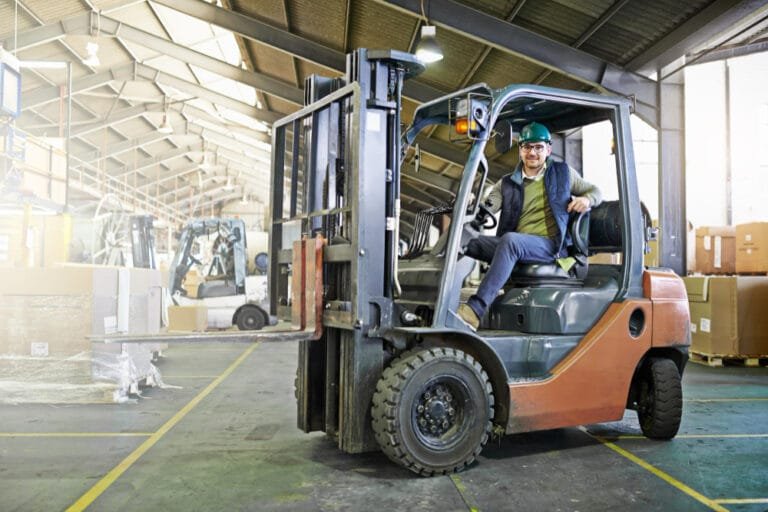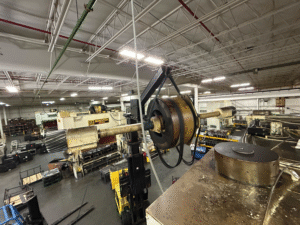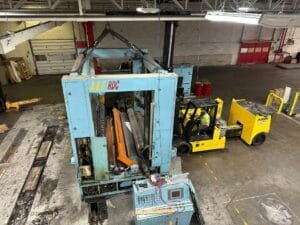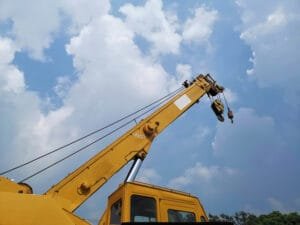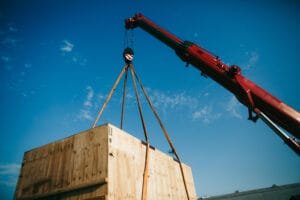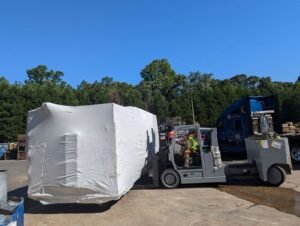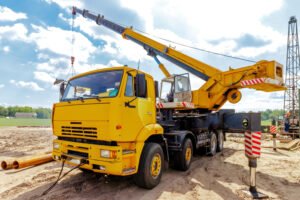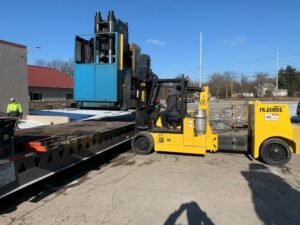Industrial machinery relocation is a complex process that demands meticulous planning, expertise, and attention to detail. Unfortunately, even with the best intentions, mistakes can occur, leading to costly delays, damage to equipment, and potential safety hazards. In this comprehensive guide, we’ll explore the common pitfalls associated with industrial machinery relocation and provide insights on how to avoid them.
Lack of Comprehensive Planning:
One of the most common mistakes in machinery relocation is insufficient planning. Rushing into a project without a detailed plan can result in overlooked details, inaccurate timelines, and increased risks. To avoid this pitfall, it’s crucial to conduct a thorough assessment of the machinery, create a detailed relocation plan, and establish a realistic timeline.
Inadequate Equipment Assessment:
Failure to accurately assess the machinery being relocated can lead to problems during transportation. It’s essential to evaluate the weight, dimensions, and special requirements of each piece of equipment. This assessment helps determine the appropriate rigging and transportation methods needed for a safe and successful relocation.
Neglecting Safety Protocols:
Safety should always be the top priority in industrial machinery relocation. Neglecting safety protocols, such as securing loads properly, using certified rigging equipment, and following industry standards, can lead to accidents, injuries, and damage to the machinery. Companies must invest in proper training for their relocation teams and adhere to strict safety guidelines.
Inadequate Communication:
Effective communication is key to any successful machinery relocation project. Miscommunication between team members, clients, and other stakeholders can lead to misunderstandings, delays, and errors. Establishing clear communication channels, providing regular updates, and addressing concerns promptly can mitigate this common pitfall.
Underestimating Environmental Factors:
Environmental factors, such as weather conditions and terrain, play a significant role in machinery relocation. Underestimating the impact of these factors can lead to delays and potential damage to equipment. It’s essential to consider the environment at both the current location and the destination, adapting the relocation plan accordingly.
Choosing Inexperienced Moving Companies:
Selecting a moving company without the necessary experience in industrial machinery relocation is a critical mistake. An inexperienced team may lack the skills and expertise needed to handle complex machinery, increasing the risk of accidents and damage. Prioritize companies with a proven track record in successfully moving heavy industrial equipment.
Ignoring Permitting and Regulatory Requirements:
Neglecting to obtain the necessary permits and adhere to regulatory requirements can result in legal issues and project delays. Different regions may have specific regulations regarding the transportation of heavy machinery, including weight limits, route restrictions, and environmental considerations. Ensure compliance with all relevant laws and regulations before initiating the relocation.
Insufficient Contingency Planning:
Even with careful planning, unexpected challenges can arise during machinery relocation. Failing to have a contingency plan in place for potential issues, such as equipment malfunctions or unforeseen obstacles, can lead to project disruptions. Build flexibility into the relocation plan and be prepared to adapt to unforeseen circumstances.
Inadequate Documentation:
Thorough documentation is essential for a successful machinery relocation project. Failing to document the condition of equipment before and after transportation can complicate insurance claims in case of damage. Maintain detailed records, including photographs, inspection reports, and transportation logs, to protect against disputes and facilitate a smooth relocation process.
Overlooking Training and Skill Development:
Relocating heavy machinery requires a specialized skill set. Inadequate training for the relocation team can result in mistakes and accidents. Invest in ongoing training programs to enhance the skills of your team members, keeping them updated on the latest industry standards and best practices.
Conclusion:
Avoiding common pitfalls in industrial machinery relocation requires a proactive approach, thorough planning, and a commitment to safety. By addressing potential challenges before they arise, companies can ensure a smooth and successful machinery relocation process. Learn from the experiences of others, prioritize safety, and invest in the necessary resources to mitigate risks and optimize the efficiency of your machinery relocation projects.
